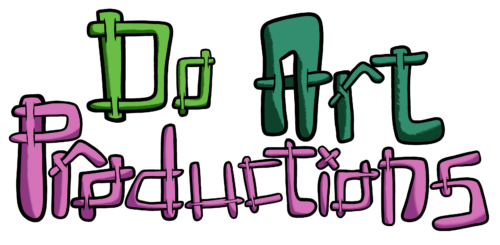The Power of Comics
Comics are pure potential. We must free the term Comic Books from the clanky assumptions of masked super egos combatting mutated, or deformed villains. As graphic novels, and manga, and the variety of webtoons and other ‘sequential-art’ genres contest, comics are pure potential. Whether directions on the plane to show how to pull the safety valve for the inflatable ‘just in case’, or a long visual ‘new opera’ created by a German-Jewish artist in hiding during the Holocaust, confessing a visual/prosaic story of an inner life subjected within an inner life. Comics are pure potential. They have a universal ability and can speak beyond language, or culture, even from walls of prehistoric past, depicting scenes, and transformative experiences that can be read and perceived in a sequential format tens of thousands of years later. This is not exactly why we choose comics, but it’s not a bad start.

Comics have words. They have dialogue. They have plot. They have symbols, as well as almost necessary interpretations of these symbols. They have lines, and backgrounds, and characters that either need to be doing something or having something happening. They have humor, contrast, onomatopoeia, changes of perspective, as well as the puzzle of conclusion. Almost all of these things require a decision of some sorts by the artist, or the group of artists. All of these little decisions take on different creative hues, like who is going to be our main character: a meditating wooly mammoth, or Plankton from SpongeBob? As a group, each one of these decisions is an opportunity for us to connect in agreement and move forward to another decision, giving us a platform for common ground and confidence in each other. This is only reimbursed further as we see the comic grow together not only on the whiteboard by the presenter, but on our own individual paper as well.
A Great Bridge Builder to Those Around Us
At Do Art Productions we aim to generate an experience that can allow individual interaction as well as group interaction, to build confidence not only in ourselves, but in those around us as well. Art is a great bridge builder to those around us, and with comics, we find that it is an ideal way to allow for individual interaction, as we pose and draw and develop our characters, as well as group interaction when we generate a comic together, synthesizing everything we learned and created. This back and forth of group and individual participation develops an atmosphere of comfort to reveal our creations, which is always received with emphatic intrigue and charismatic reinforcement by the presenter, and the rest of the group.
So, comics are pure potential. They can be poetry. They can be autobiography. They can be a joke. They can be an individual effort of multiple media, or a team project of collaboration–some specializing in visualization, others with words. Their ability to intrigue and persuade our awareness with visual and surface level stimulation, while also prodding for more conceptual and linguistic interaction, allows comics to generate whole worlds for not only their readers, but for their creators.
Building Community Through Creativity
As creators at our workshops, we take on this creative role, as a group inhabiting a world of spontaneous symbols, jokes, responses, reactions, improvised characters, random occurrences, newly formed inside jokes–A BAGUETTE!–all swarming in our shared imagination, all gradually taking form and manifesting in our own comic that we create together. It’s as if our individual imaginations are unique, never-before-seen instruments, and the aim of the instructor, as well as the format of comics, is to conduct and orchestrate any sort of something that is possible, harmonizing our internal imaginations into a collective group imagination, from which we will all gradually harmonize and begin to form our own song never to be heard before or again–a product of the electrifying ritual of creating art together.


